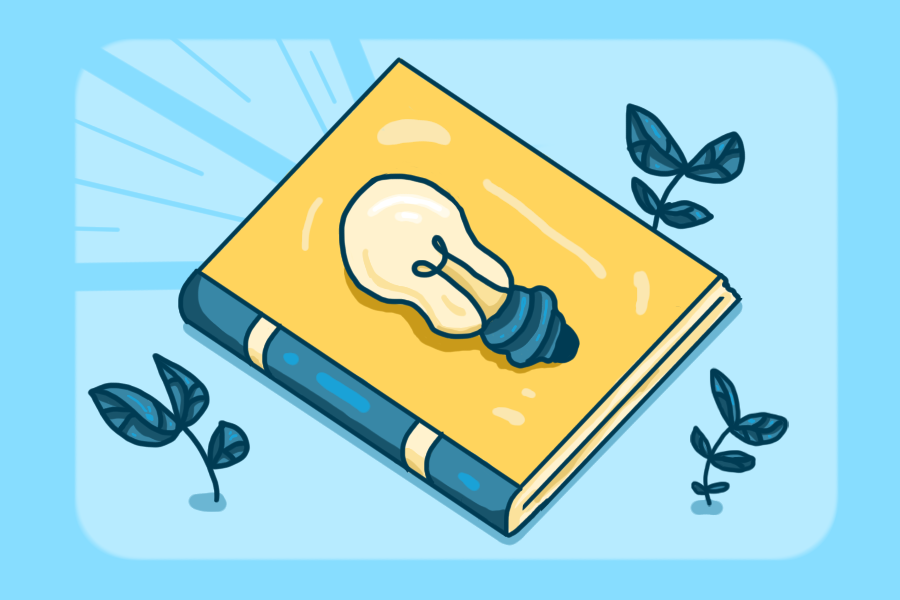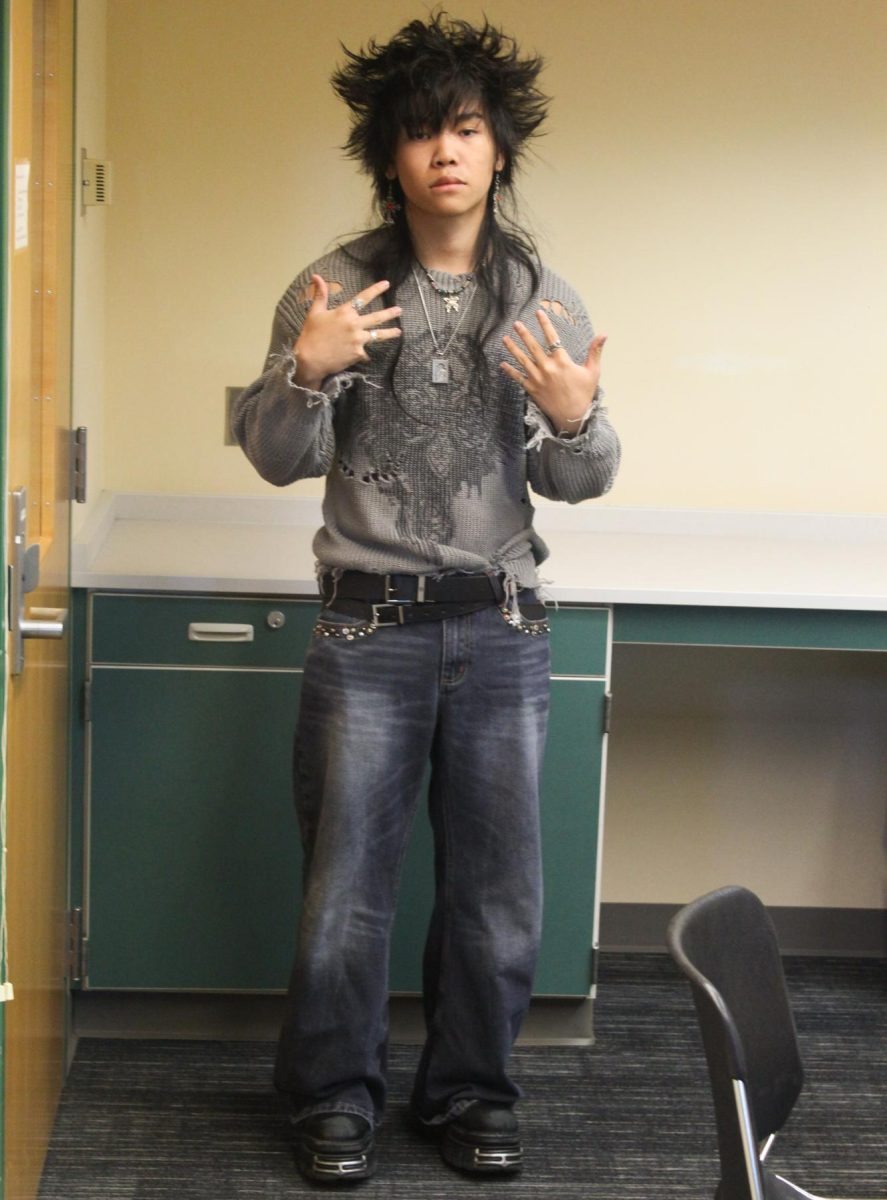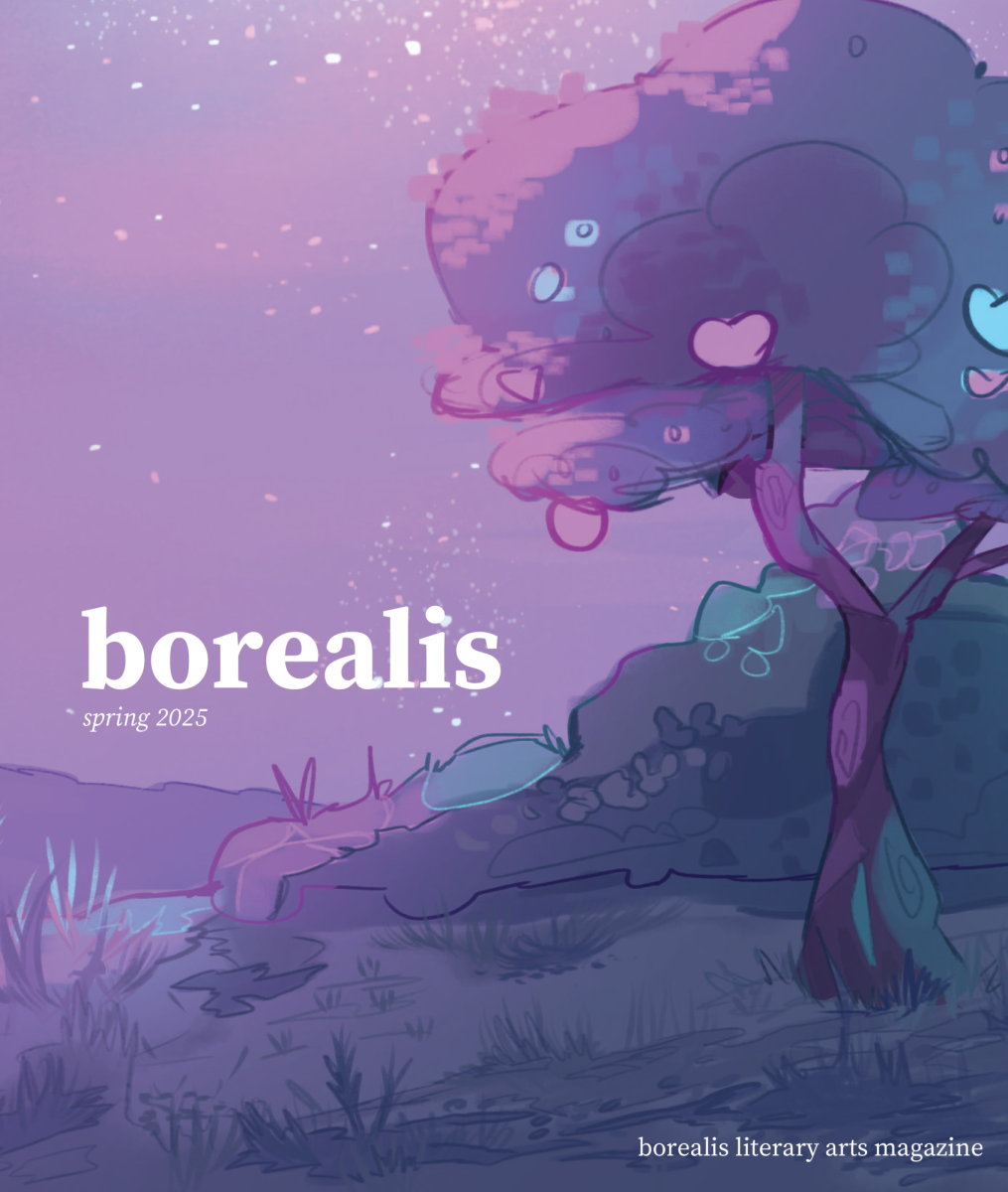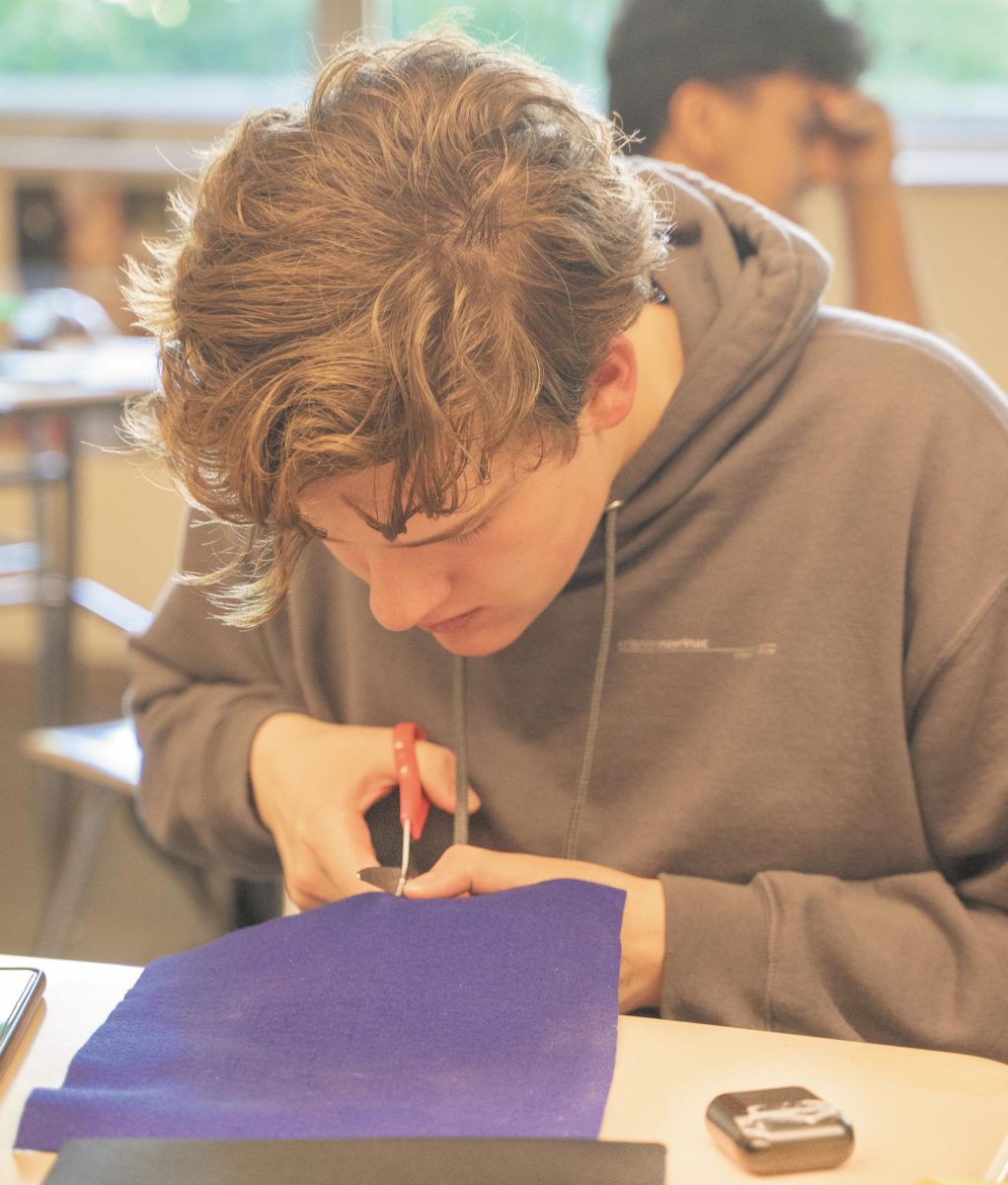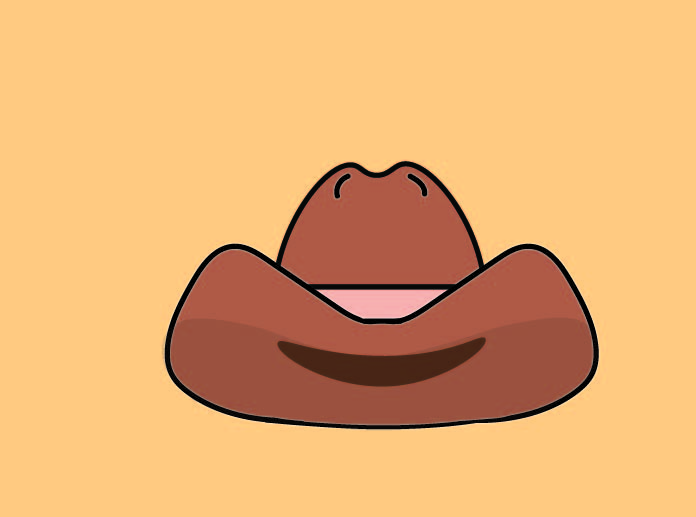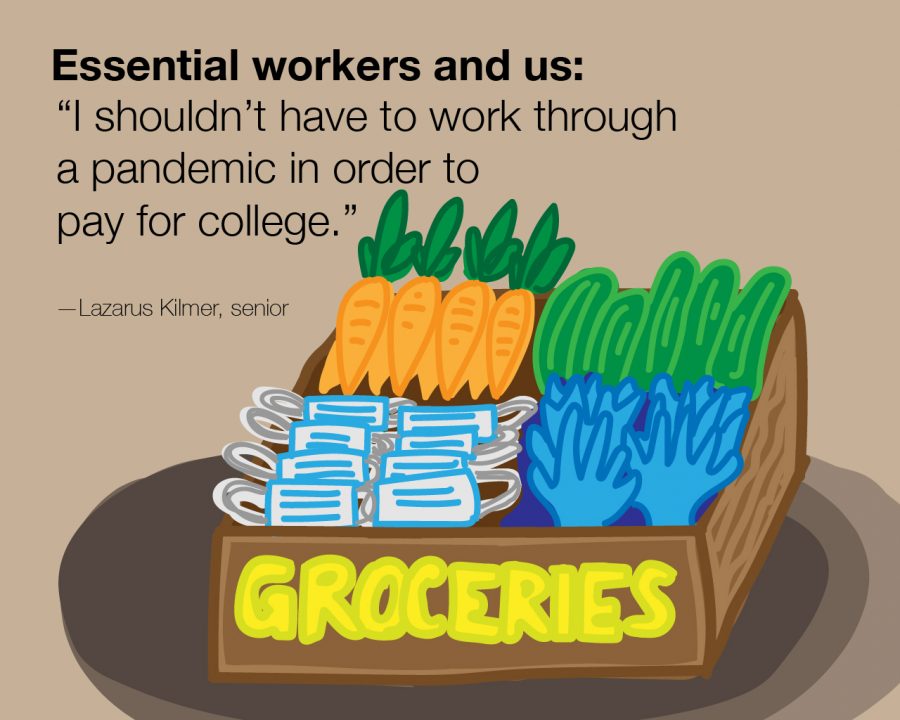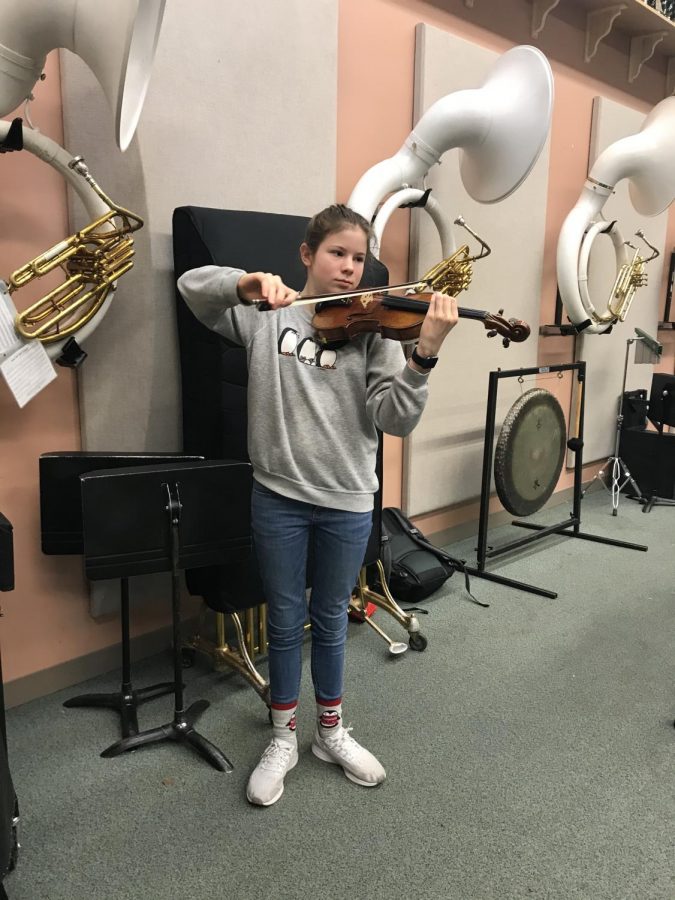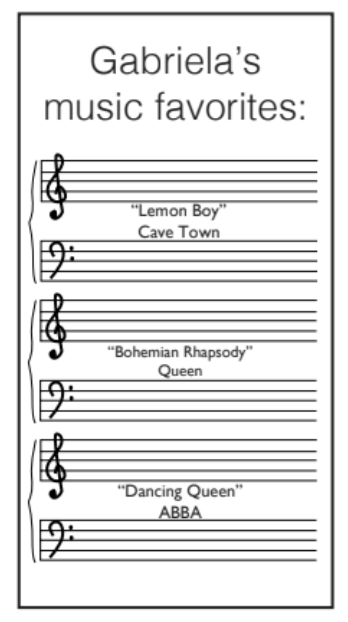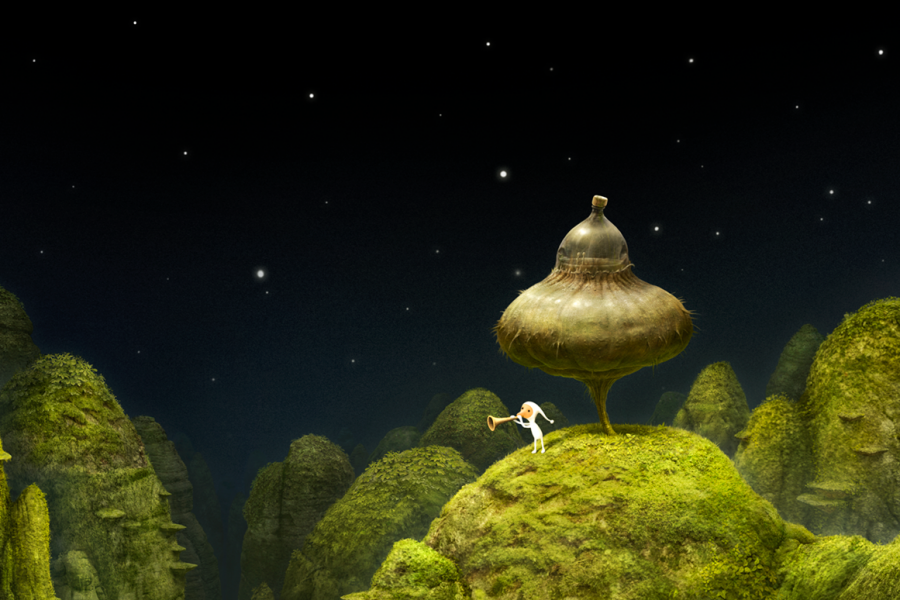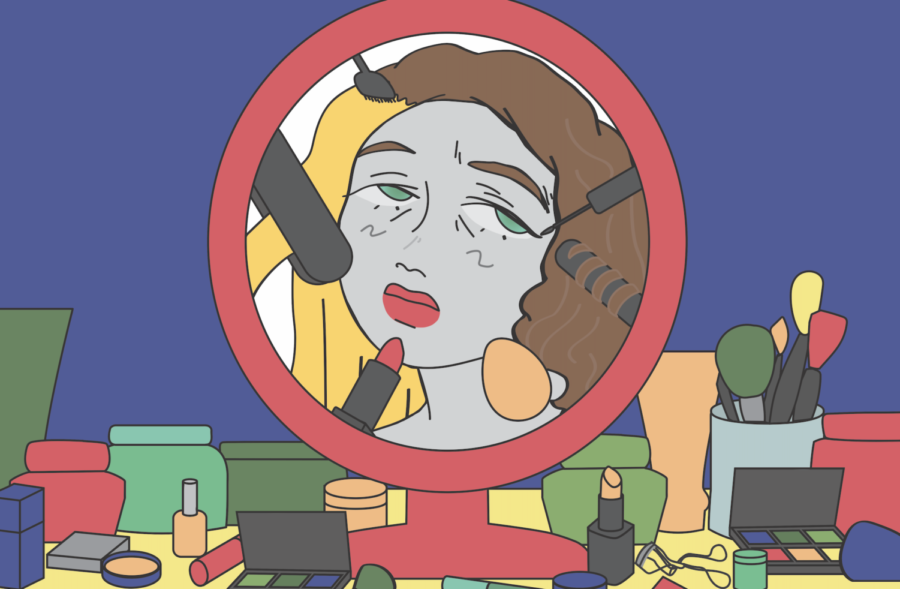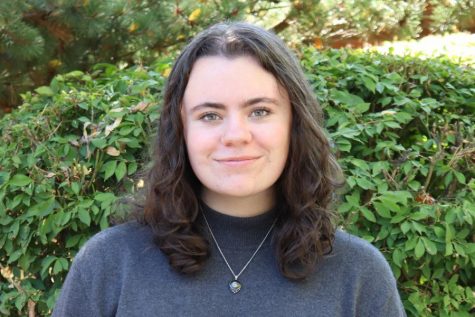Hello! My name’s Carina Bixby, and this is what I’ll be calling Creativity Corner––a column dedicated to addressing common pitfalls and queries relating to the artistic process. As a student myself, my knowledge of the arts is constantly growing and being reshaped, but I’ll be doing my best to draw upon what I’ve learned from my own experiences as well as from artists that I look up to.
As far as artistic experience goes, I consider myself to be fairly well-rounded. I’ve been painting and drawing for most of my life, dabbled in ceramics and poetry, taught myself digital art and video editing, and I finished writing my second novel this year. However, despite my background, I still struggle sometimes with figuring out what I want to make my art about.
Artistic inspiration can be a strange and elusive thing, as there is no one way to ensure that you’ll always have hold of it. Sometimes I’ll find myself with the time and motivation to create, but then I’ll end up staring at a blank screen for an hour. Other times, I’ll be scrambling in-between classes, doing what I can to outline what feels like an epiphany, only to realize that the day’s simply not long enough to always accommodate creativity. There are moments when you’ll feel that you’re only inspired when your brain or the universe or your schedule allows for it, and not a moment sooner.
However, that doesn’t mean there aren’t ways to trick the artistic process into working for you.
No matter where I am, when I get an image or a line of dialogue stuck in my head, I write it down. I use my phone most of the time, utilizing the Notes app as a way to keep a catalogue of everything. I have a folder for each different novel idea: one for quick idea-based sketches, one for poems and one called Story Pieces that contains an assortment of little strands of the world that I’ve written down. I write down interesting street names and little bits of description, inspired by reality or a passing thought, and together it creates a digital scrapbook full of art-to-be.
If that doesn’t help you, then there are still many other alternative sources of inspiration. Read a book, watch a movie, browse the gallery of an unknown painter––sometimes the only way to feel motivated in art is to remind yourself what you like about it in the first place. As you appreciate other artists, you’re able to reflect upon the ideas behind their works, to reflect upon ideas that cross mediums and have the ability to inspire you. The most important thing is to pay attention. The best art can come simply from wondering about a stranger or paying particular attention to a tree you saw that morning; most things are worthy of a quiet ponder, even if it is just for a second longer than normal. And truly, if all that fails and you’re still feeling stuck, you can always browse Pinterest until you find something worthy of artistic exploration.
This is a brand new column, but I’d like to set up the tradition of ending on a quote from a practiced artist. This one comes from Neil Gaiman, a widely celebrated author of over 30 books, including Coraline and Neverwhere: “You get ideas from daydreaming. You get ideas from being bored. You get ideas all the time. The only difference between writers and other people is we notice when we’re doing it. You get ideas when you ask yourself simple questions. The most important of the questions is just, What if…?”



